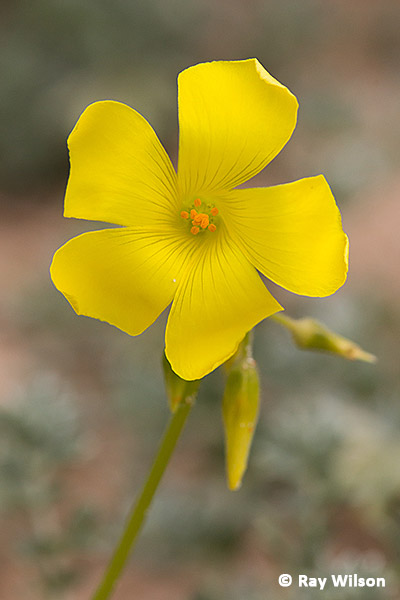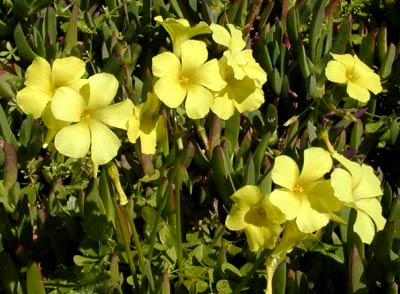
This adaptation has evolved any times in unrelated plant groups and includes such diverse plants as domestic tulips ( Tulipa spp.) and potatoes ( Solanum tuberosum), the native wild cucumber ( Marah macrocarpus) and the lovely but invasive Bermuda buttercup (or sourgrass, Oxalis pes-caprae). 2īlue dicks, like many of our wildflowers are geophytes – plants that have evolved underground storage structures that allow them to survive environmental stresses. NOTE: In 2002, the Jepson e-flora accepted Dipterostemon capitatus as the new species name. capitatum, partially based on the dark purple color of the flower head bracts and the number of flowers in a flower head. There is morphological and molecular information that leads some taxonomists to believe this species should be in its own genus. At present only two subspecies are recognized both have been described from the Reserve. In the past, the species has been divided into more than one and several subspecies have been described. 341īlue dicks is a wide-ranging and variable species. 2 In past taxonomic arrangements, species now in the brodiaea family have been placed within the lily family (Liliaceae), the onion family (Alliaceae), the amarylis family (Amaryllidaceae) and the asparagus family (Asparagaceae). This family is a small family of western North America with 10, maybe 11, genera. Monocots are an early offshoot of flowering plants partly characterized by having a single cotyledon (instead of two), by having parallel veins in the leaves (instead of reticulated) and by having flower parts in multiples of three (instead of four or five). The numerous dark seeds are tightly packed and angular and somewhat irregular in shape.īlue dicks are perennial monocots ( monocotyledon) in the brodiaea family (Themidaceae). The fruit matures within the dried tepals it is a three lobed capsule, less than 1/3 inch (0.8 cm) long that opens when dry. Most flowers occur between March and June. The inconspicuous pistil is just shorter than the anthers and consists of a three-chambered superior green ovary, a three-sided style and a three-crested stigma. The anthers are bright yellow and produce yellow sticky pollen. The inner, shorter stamens each produce a pair of whitish, appendages that form a small but conspicuous notched wall around all stamens.
BERMUDA BUTTERCUP NURSERY SERIES
There are six stamens in two series of unequal sizes. Each flower consists of six tepals, fused at base and opening outward into a short bell shape up to 1/2 inch (1.2 cm) long. Sepals and petals are indistinguishable, together called tepals. A flower head consists of six to many flowers of differing ages, purple-blue to violet to white, usually several open at once. At the base of each flower head are four or five purple and green bracts.


Slim young leaves are triangular in cross section with age they flatten and widen to 3/4 inch (2 cm) in width they are often folded along the midrib and dying back from the tip.įlowers are born in dense, almost spherical heads, roughly one inch across, at the ends of leafless, purplish stems, less than 1/64 inch (0.4 mm) in diameter and up to three feet long. Leaves may be up to three feet (100 cm) long, arching, spreading and disappearing in the surrounding vegetation.

Blue dicks are perennials from an underground corm (a modified stem, somewhat like a solid onion) that produces a few grass-like leaves.


 0 kommentar(er)
0 kommentar(er)
